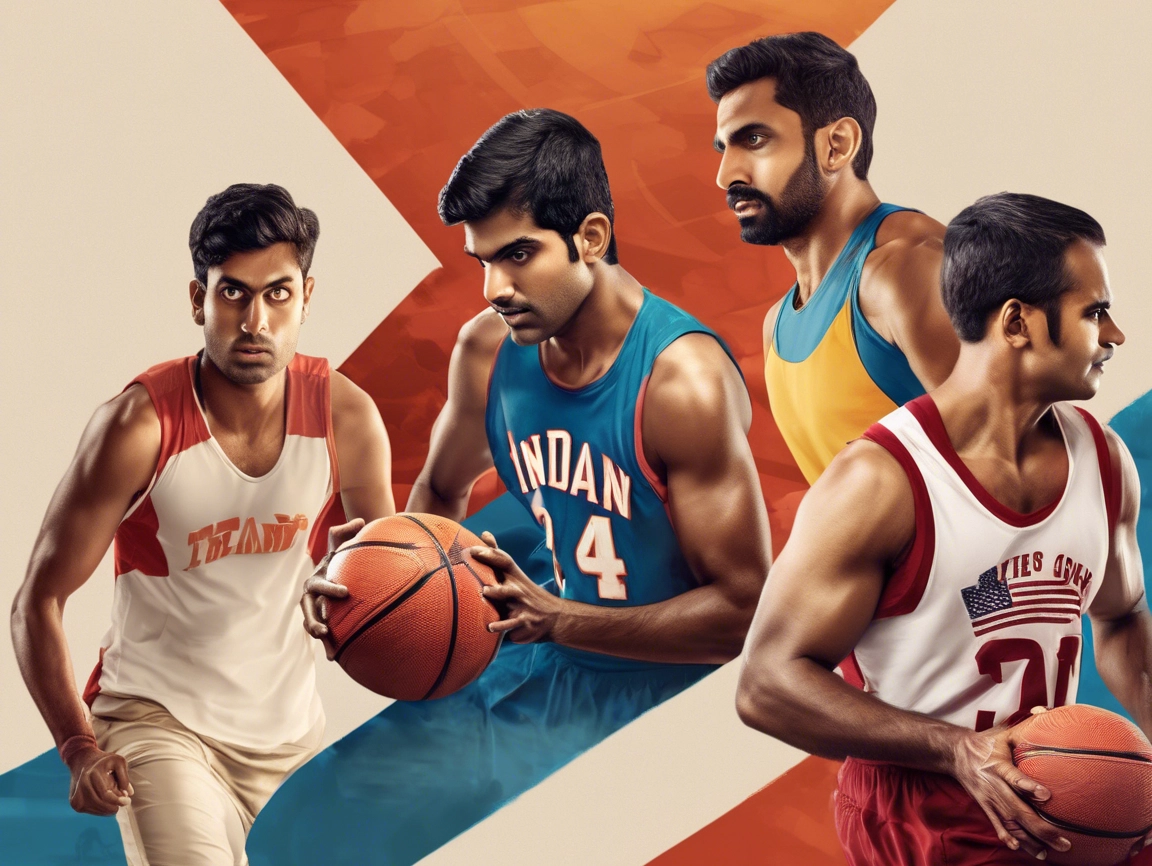Indian-Americans Breaking New Ground
- Sonia Raman, a former MIT coach, currently serves as an assistant coach for the NBA’s Memphis Grizzlies. She made history in 2020 as the first Indian-American woman in the NBA coaching ranks and continues to inspire aspiring athletes and coaches. Raman’s presence on an NBA bench symbolizes a broader shift: South Asians are entering sports spaces once considered inaccessible.
- Satnam Singh Bhamra, once drafted by the Dallas Mavericks in 2015, made history as the first Indian-born player selected in the NBA draft. Though his NBA career was short-lived, he transitioned to professional wrestling with AEW (All Elite Wrestling), broadening the scope of representation in U.S. sports entertainment.
- Harmeet Singh Baddhan, a former Indian U-19 cricketer, now represents the U.S. national cricket team. His participation is emblematic of cricket’s rapid rise in the United States, particularly among the South Asian diaspora. With the launch of Major League Cricket (MLC) in 2023, players like Harmeet are helping establish cricket as a commercially viable and culturally significant sport in America.
The Rise of Cricket in the U.S.
Cricket, long considered a fringe sport in the U.S., has experienced a resurgence thanks to the Indian, Pakistani, and Caribbean immigrant communities. MLC’s inaugural season drew tens of thousands of fans to venues in Dallas, Morrisville, and Los Angeles. Teams like the Texas Super Kings and LA Knight Riders are backed by IPL franchises, bridging the U.S.-India sports markets. Youth academies, many founded by former players, are now training a new generation of Indian-American cricketers in cities like Fremont, Edison, and Houston.
Shifting Cultural Attitudes
Among Indian-American families, the historical focus on academics is slowly expanding to include sports. The change is visible in suburban neighborhoods, where children are enrolled in soccer, tennis, and basketball programs alongside math Olympiads and SAT prep.
Organizations like South Asian Sports Association (SASA), Desi Hoopers, and Brown Ballers have helped cultivate a community for aspiring athletes, coaches, and content creators. Podcasts, tournaments, and social media coverage of Indian-American athletes are normalizing Desi visibility in sports.
Emerging NCAA Talent
While pro representation remains scarce, the NCAA is seeing increased Indian-American participation. Athletes like:
- Rhea Raj, a nationally ranked tennis player at Duke University,
- Arjun Venkatesh, a sprinter at the University of Michigan,
- Meera Sinha, a soccer midfielder at Stanford University, are paving the way for others to follow.
These athletes face challenges—reduced exposure, lack of cultural mentorship, and occasional bias—but their success is critical to building a long-term pipeline into U.S. professional leagues.
Coaching, Media, and Ownership
Indian-Americans are also gaining ground in non-athlete roles. Sports analysts like Sopan Deb of The New York Times, executive producers like Ravi Patel, and entrepreneurs backing minority-owned sports franchises are expanding South Asian impact behind the scenes. Ownership conversations—especially in cricket and minor league basketball—are increasingly inclusive of Desi investors.
Looking Ahead
From grassroots youth leagues to the NBA bench, from the cricket pitch to NCAA championships, Indian-American athletes and professionals are finally visible—and viable—in U.S. sports. This momentum is critical not just for representation, but for reshaping mainstream ideas of athleticism and inclusion.
In the decade ahead, expect to see Indian-Americans in roles ranging from NFL trainers to Olympic hopefuls. With community support, growing visibility, and shifting cultural norms, 2025 is just the warm-up for what’s coming next.
For more sports news click here!





